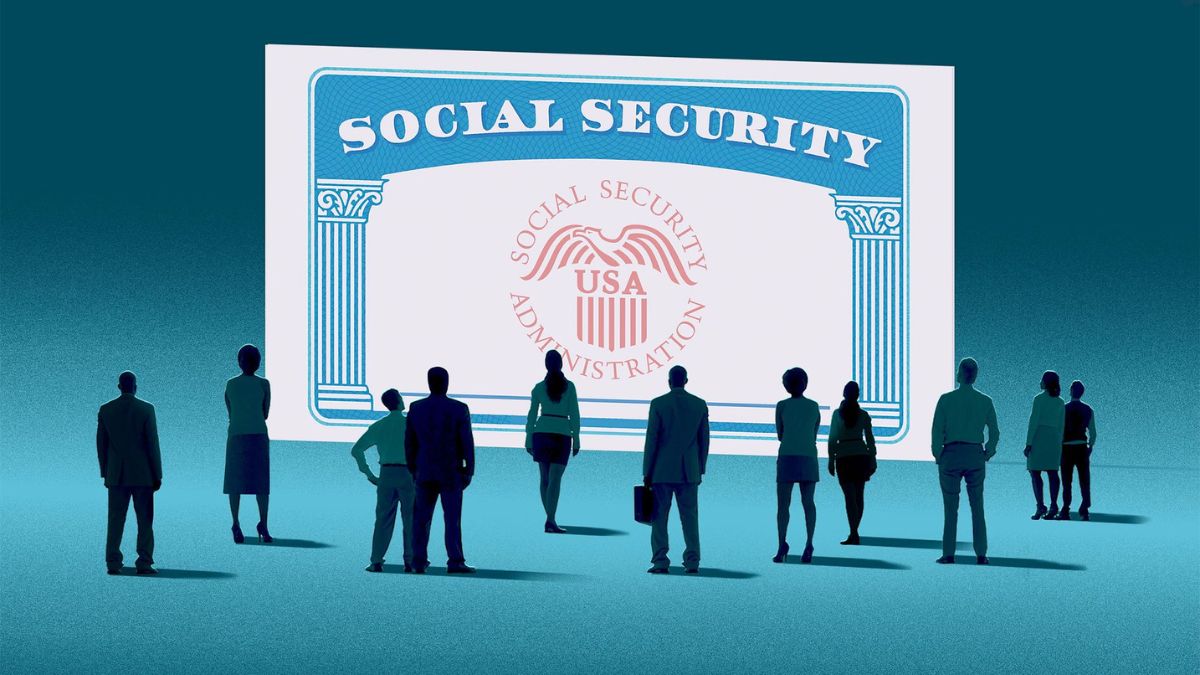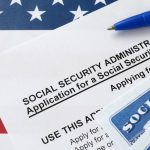If you rely on calling the Social Security Administration (SSA) to manage your benefits, a major shift is on the horizon. Beginning August 18, 2025, the SSA is rolling out new identity verification requirements that will dramatically affect how you handle routine tasks over the phone. This change will impact millions of Americans—especially seniors, people in rural areas, and those living with disabilities—who depend on the phone for accessing vital Social Security services.
What’s Changing With Social Security Phone Services?
Previously, you could call Social Security and make changes or check your status after answering a few security questions. Starting August 18, that will no longer be possible for many common services. You’ll now need to verify your identity online or visit a field office in person for specific tasks.
Services That Now Require Online or In-Person Verification
The following tasks will no longer be completed over the phone without prior identity verification:
- Changing your address
- Checking the status of a claim
- Requesting benefit verification letters
- Getting tax statements
- Making account updates
To complete any of these tasks, you’ll need to:
- Log into your mySocialSecurity account and verify your identity, or
- Go to a Social Security field office for in-person verification.
Why This Change Matters for Millions
According to SSA estimates, these new requirements will force around 3.4 million more people each year to visit field offices—an increase of 17% in foot traffic.
This means:
| Current Field Office Stats | What It Means |
|---|---|
| 35-day average wait time | Plan well ahead for routine needs |
| 3.4 million more office visits yearly | Offices will be busier and slower |
Experts predict Americans will collectively spend more than 3 million additional hours annually traveling to and waiting at Social Security offices—time that was previously saved through a simple phone call.
The Justification: Preventing Social Security Fraud
The SSA says the change is intended to reduce fraud, making it harder for unauthorized individuals to access your personal information or benefits. However, there’s little evidence suggesting that phone-based requests for address changes or benefit verification have led to widespread fraud.
Past Anti-Fraud Efforts Show Mixed Results
This isn’t SSA’s first attempt to crack down on fraud:
- A retirement application review process created backlogs but caught very few fraudulent claims.
- Phone-based restrictions on direct deposit changes were already put in place.
- Some verification processes led to confusion, especially among older Americans.
While the intent is to protect the system, the execution may create unnecessary barriers for vulnerable groups.
Seniors Will Face the Heaviest Burden
Older adults who prefer traditional phone services will feel the brunt of this change. Many are not comfortable with online platforms, struggle with digital literacy, or lack reliable internet access.
Additional challenges for seniors include:
- Navigating complex verification steps
- Transportation difficulties for in-person visits
- Longer wait times at overwhelmed field offices
The Rural and Disabled Face Unique Barriers
Rural residents and individuals with disabilities are among those most likely to struggle with the new policy.
Rural Americans may face:
- Long travel distances to the nearest field office
- Limited or no access to broadband internet
- Public transportation issues
Disabled individuals may encounter:
- Physical limitations preventing travel
- Visual or hearing impairments complicating digital verification
- Cognitive difficulties navigating online systems
What You Can Do to Prepare
With these changes taking effect in mid-August, now is the time to act.
Create Your mySocialSecurity Account
The best way to avoid field office visits is to set up your mySocialSecurity account:
- Go to ssa.gov/myaccount
- Complete the secure identity verification process
- Start managing your benefits and requests online
Get Help With Online Tools
If you’re uncomfortable with technology:
- Ask a trusted friend or family member for help
- Visit a local library offering free digital literacy programs
- Reach out to senior support organizations or tech-assistance groups
Plan Field Office Visits Strategically
If you must go in person:
- Schedule appointments as early as possible
- Bring all required documentation to avoid delays
- Expect longer wait times and plan your day accordingly
Mixed Messaging and Controversy
The rollout of this change has been confusing, even among SSA staff.
After initial media reports, an SSA spokesperson claimed that using the new verification system was “optional.” However, the agency’s own official filing with the Office of Management and Budget contradicts that, stating millions will have to visit field offices if they choose not to use the online system.
This inconsistency has sparked concern.
Advocacy Groups Raise Red Flags
Organizations like AARP and other advocacy groups are challenging the policy, arguing it will:
- Disproportionately hurt older adults and rural residents
- Create unnecessary hardship for the disabled
- Reduce access to essential services for vulnerable populations
They’ve urged the SSA to delay or revise the implementation to better balance fraud protection with accessibility.
A Shift Toward Digital Transformation
The policy change reflects SSA Commissioner Frank Bisignano’s broader push to move more services online. While digital modernization can improve efficiency, it also introduces a digital divide.
Barriers to online access include:
- Lack of internet or digital devices
- Low digital literacy
- Privacy concerns about sharing information online
Without proper support, millions risk losing access to services they rely on.
The Bigger Challenge: Balancing Security and Service
Social Security must protect against fraud—but not at the cost of service access. Striking the right balance between security and accessibility remains one of the agency’s toughest challenges.
The August 18 change prioritizes identity protection but may leave behind the people most in need of help.
What to Expect Going Forward
This policy shift is pending approval by the Office of Management and Budget. If finalized, the changes will become effective August 18, 2025.
Here’s what you should do:
- Understand which tasks are affected
- Register online now to avoid delays later
- Plan early if you need to visit an SSA office
- Stay updated on potential policy adjustments
Frequently Asked Questions (FAQs)
Q1: Can I still call Social Security for help?
Yes. You can still call for some services, but for tasks like changing your address or requesting benefit letters, you’ll need to verify your identity online or in person.
Q2: Will it cost anything to use the online system?
No. The mySocialSecurity account is free to set up and use for all identity verification and account management tasks.
Q3: What if I don’t have internet access?
If you’re unable to complete online verification, you’ll need to visit a field office in person. Be sure to schedule an appointment and bring ID and any necessary documents.
Q4: How long are wait times at field offices?
Currently, the average wait for an appointment is 35 days, and that could increase due to the new policy. Plan accordingly.
Q5: Is there any way to avoid this change?
Only by setting up a verified mySocialSecurity account. Otherwise, in-person visits will be required for the affected services after the new rule takes effect.












